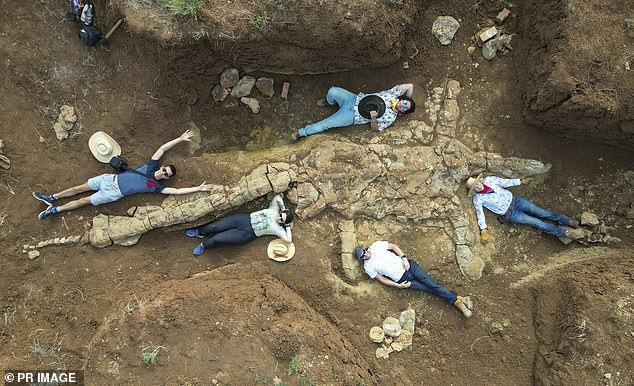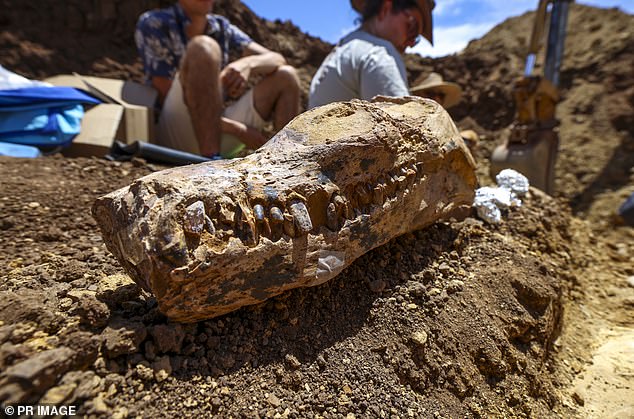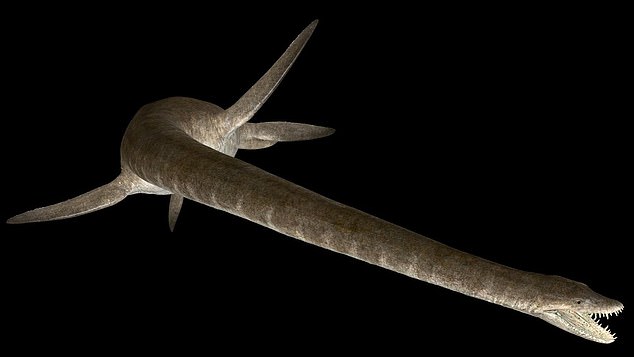Three amateur palaeontologists have made a remarkable discovery at a remote station in Queensland, Australia. They have unearthed the complete skeleton of an ancient plesiosaur, an extinct marine reptile, making it the first of its kind in Australia. The fossil, described as the “Rosetta Stone” of marine reptile palaeontology, offers valuable insights into the diversity and evolution of long-necked plesiosaurs in Cretaceous Australia.

.

Led by Queensland Museum Network Senior Scientist Dr Espen Knutsen, a team of museum palaeontologists traveled to the remote site to collect the remains of the elasmosaur, a plesiosaur that coexisted with dinosaurs. This discovery marks the first time an Australian elasmosaur’s head and body have been held in a museum collection.

Elasmosaurus inhabited the Eromanga Sea, which covered vast areas of inland Australia approximately 100 million years ago. The reptile possessed a long neck, slender teeth for catching fish, crabs, and molluscs, and came to the water’s surface to breathe air. Some plesiosaur fossils have been found with gastroliths (stones) in their stomach area, suggesting they swallowed them either to grind up food or as ballast for diving.

.

The find is of immense significance to Queensland’s Cretaceous marine reptile research. The Queensland Museum Network now possesses the only head and body of an Australian elasmosaur in the world, contributing substantially to the understanding of the region’s prehistoric past. In addition to the new skeleton, other plesiosaur and ichthyosaur remains were collected during the expedition for further study and preparation in Townsville.
The Rock Chicks, the group of amateur palaeontologists responsible for this discovery, have made several significant finds during their explorations, including plesiosaurs, a kronosaurus, ichthyosaurs, and various fish and turtles.